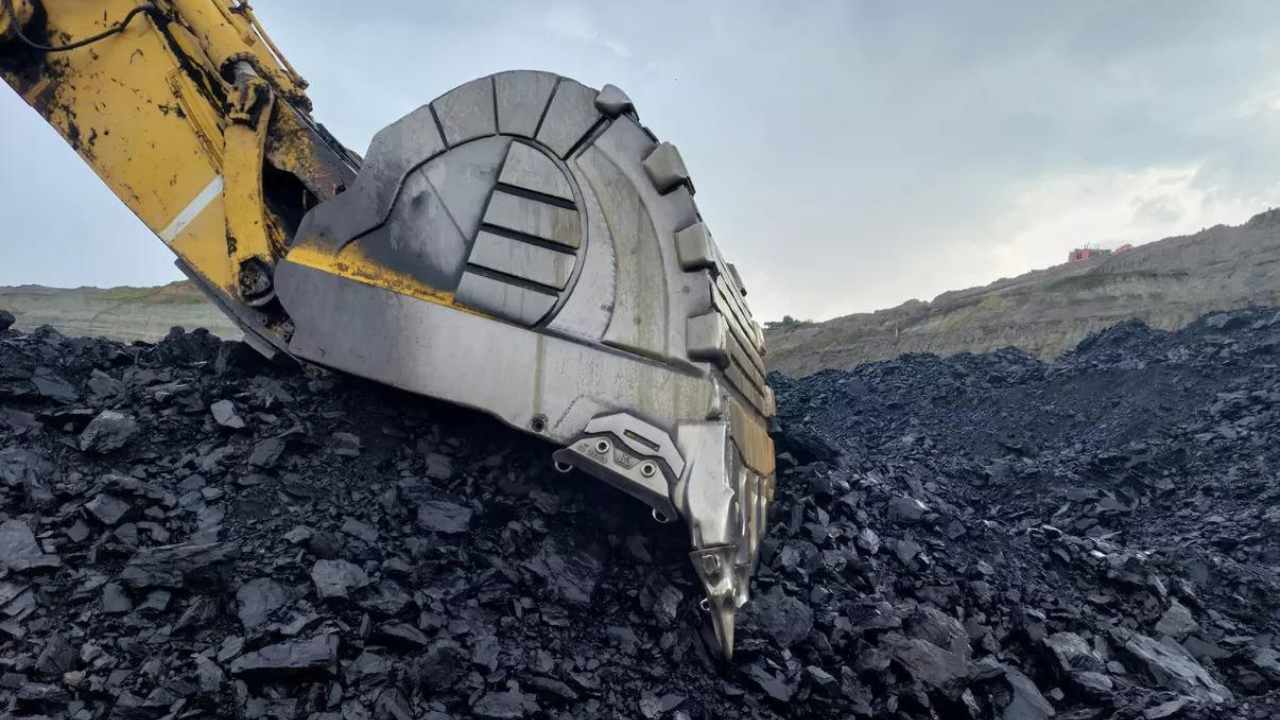Now Reading: Coal India Ltd’s Q2 profit plunges 32% as monsoon rains disrupt production
-
01
Coal India Ltd’s Q2 profit plunges 32% as monsoon rains disrupt production
Coal India Ltd’s Q2 profit plunges 32% as monsoon rains disrupt production

Coal India Ltd (CIL) recorded a sharp drop in its second-quarter profit, with earnings falling around 32 per cent compared to the same period last year. Heavy monsoon downpours, production bottlenecks and softer demand combined to create a challenging quarter. The results highlight how even large public-sector miners are vulnerable to weather shocks and market pressures—issues relevant to regions across India, including smaller cities.
Weather woes and operational hit
Production at CIL suffered during the quarter as heavy rains and water-logging in key coal-mining areas slowed extraction and dispatches. Mining equipment and transport tracks were disrupted, reducing output volumes. Meanwhile, increased operating costs added further strain to margins and profitability.
Demand and revenue pressures
Beyond the weather, CIL faced weaker offtake from power plants and industries, which impacted sales volumes and average realisations. Revenue from operations slipped by a few percentage points year-on-year, signalling that demand side headwinds compounded the production setbacks.
Impact beyond metros
For cities and towns outside the main industrial hubs, especially those relying on coal-based power or local mines, the results carry indirect consequences. In tier-2 coal-belt towns, sustained production dips can affect employment, logistics contracts and local supply chains. For regions still nearby to mining or power-generation zones, this underlines the importance of diversification.
What to watch ahead
Looking forward, CIL’s ability to meet its full-year production targets—which remain ambitious—will be crucial. The monsoon season’s end may improve output, but demand recovery and cost control will determine overall performance. Stakeholders will also watch how the company adapts its operations in weather-sensitive zones and how power-sector demand evolves.
Conclusion
Coal India’s steep profit slide this quarter is a reminder that even dominant players face multiple pressures—from rain-related disruption to shifting demand dynamics. For smaller cities and regions tied to coal mining or generation, the ripple effects are real. The company’s path ahead will be watched closely not just by markets, but by communities dependent on its stability.























